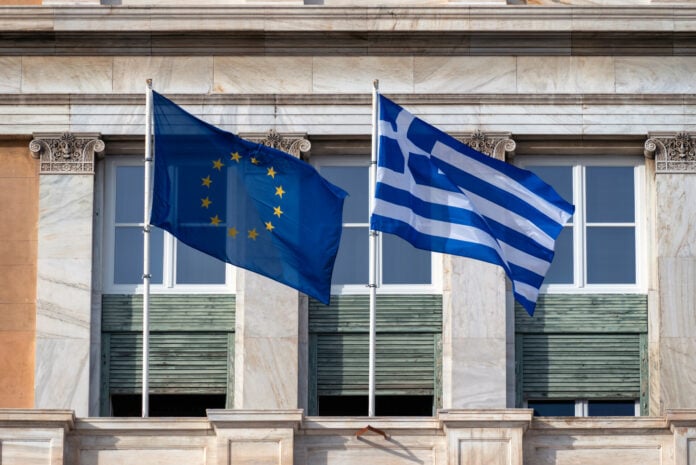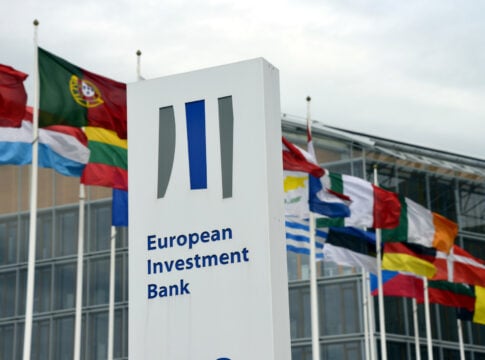In fact, the report made reference to the plan to use part of the so-called “hard cushion” amounting to 15.7 billion euros for the early repayment of installments from the loan of the first memorandum.
Regarding the Greek economy, it is pointed out that Greece will continue to record a growth rate of more than 2% both this year and in 2025, while inflation will gradually decline to reach 2.1% in 2025. It also referred to the upward course of overdue public debts but also the risks posed by the developments in Ukraine and the Middle East.
Public debt
Greece maintains the ability to service its debt, the report said, adding that the country regained investment grade in 2023. According to the debt sustainability analysis, Greece is considered to face low risks in the short term, high risks in the medium term and low risks in the long term.
The government’s gross financing needs for 2024 and 2025 are low, due to projected primary surpluses and moderate debt amortization, which is also due to the earlier partial prepayment of the Greek loan.
It is recalled that Greece maintains a significant cash reserve and has maintained continuous market access amid tight yield margins following recent upgrades to investment grade.














